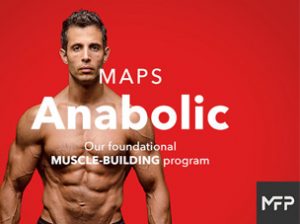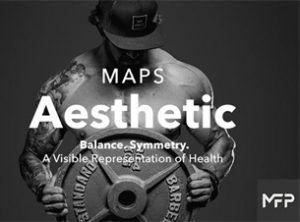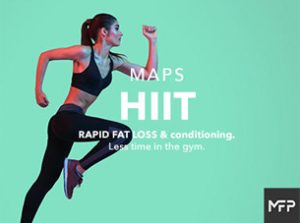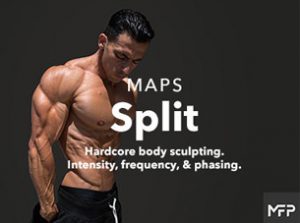Mind-Muscle Connection: How to Maximize Every Rep
Jan 15, 2025 mindpumpThere’s a difference from training for the sake of moving weights, and training with intention. If muscle growth is your goal, then unlike strength training, you need a bigger emphasis on feeling the intended muscle working. Every rep has to be targeted towards that specific muscle being trained to fatigue in order to see growth. Let’s break down how to master this technique and take your training to the next level.
What Is the Mind-Muscle Connection?
The mind-muscle connection (MMC) is the ability to consciously engage and feel the target muscle working during an exercise. Instead of mindlessly going through the motions, you’re dialing in and actively contracting the muscle. This focus increases the quality of each rep and maximizes the tension on the muscle—a key driver of growth.
What Does This Mean?
It’s not enough to throw weights around and hope for gains. Studies and anecdotal evidence show that lifters who prioritize the MMC see better results. In order for the muscle to grow, we need to increase the swelling and breakdown of the muscle tissue as much as possible. While you can still grow all muscles by lifting for strength in a lower rep range, that creates more of a systemic effect rather than isolating muscle groups for optimal growth.
Tips to Strengthen Your Mind-Muscle Connection
1. Slow Down the Tempo
Using slow controlled movements places more tension on the intended muscle. This allows you to feel both the contraction and the eccentric (or lowering) part of the lift. I would argue the eccentric has a little bit more importance because we are all stronger eccentrically than we are concentrically. If you release tension and just let the weight drop down, you are arguably cutting the effectiveness of your workout by at least half. Instead, try focusing on a 2-3 second eccentric phase and a 1-2 second concentric phase.
2. Focus on the Stretch and Contraction
There’s a lot of talk on stretch mediated hypertrophy. While I won’t get too focused on that specifically, you want to make sure you are both keeping the tension AND taking the muscle through a full range of motion. If we think about a bicep curl, you’ll notice a lot of guys using momentum to lift it up (throwing the shoulders and body into it) and then just dropping the weight while also keeping their elbows bent. Try using that slow eccentric and end with a bicep stretch under tension. You’ll find your weight reduces dramatically as now you are tiring the muscle out quicker.
3. Reduce the Weight
There is a reason why bodybuilders like to focus on the 8-20 rep range. Lower reps create more of a load on the central nervous system, and less time spent building up metabolites in the targeted muscle. By isolating the muscle, and slowing the pace down, you are creating more stress which can result in less weight being used.
4. Pre-Exhaust the Muscle
Pre-exhausting the muscle is a technique you can use to “wake up” a muscle. For example, do leg extensions before squats to activate your quads. Most people can very directly FEEL the quads burning during a leg extension compared to a squat. This strategy translates to your ability to feel the muscle during heavier lifts.
Exercises That Benefit Most from MMC
Some movements lend themselves more to MMC than others. Here are a few examples:
-
Bicep curls: Focus on the peak contraction.
-
Chest flyes: Emphasize the stretch and squeeze.
-
Lateral raises: Keep tension on the delts throughout the movement.
-
Leg curls: Feel the hamstrings stretch and contract.
-
Rows: Think about pulling with your back, not your arms.
You’ll notice it’s mostly isolated movements that allow for a better connection. That’s not to say you never need compound movements. My recommendation is to keep the compound movements to get the best bang for your buck and increase your overall strength. Add in isolated movements to help with any weak or lagging areas that need focus for growth.







